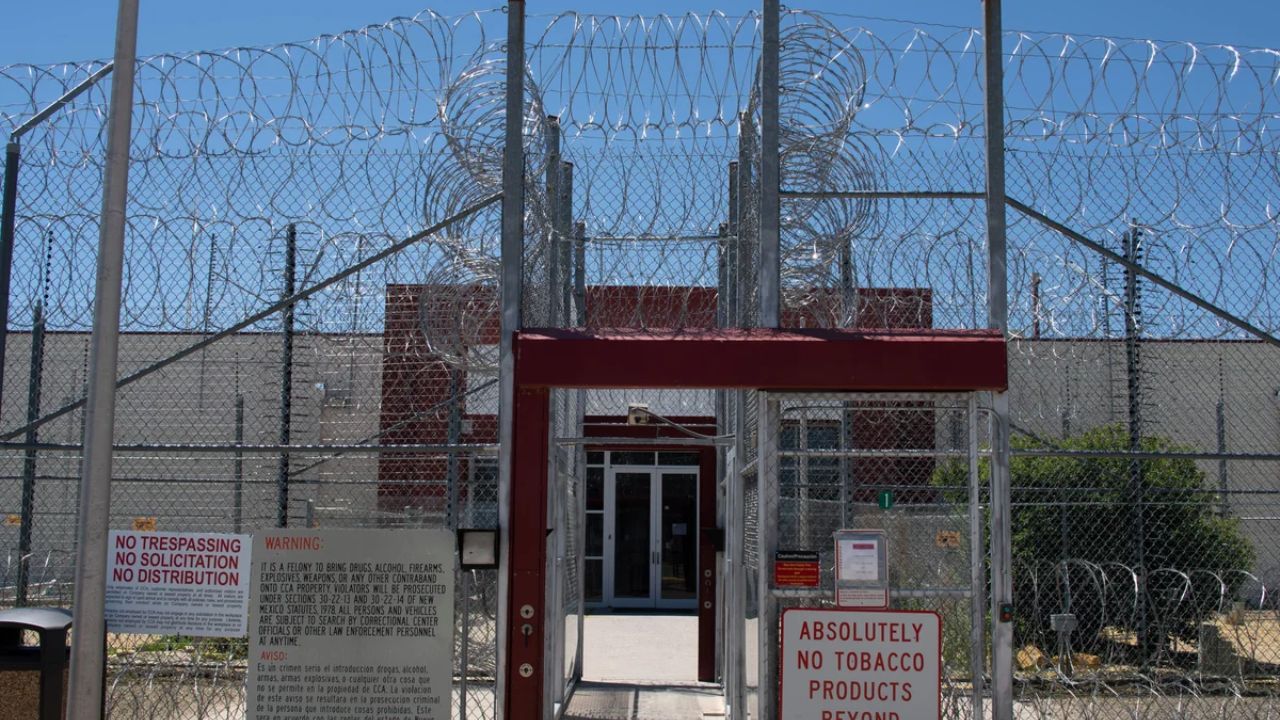In recent years, Minnesota has witnessed a troubling trend: the closure of numerous retail establishments, leaving communities grappling with reduced access to essential goods and services. The latest casualty in this retail exodus is the impending shutdown of the state’s last remaining Macy’s store, a development that has sent shockwaves through local communities and raised concerns about the future of retail in the region.
The Decline of Brick-and-Mortar Retail
The retail landscape has been undergoing a seismic shift, with traditional brick-and-mortar stores facing unprecedented challenges. The rise of e-commerce, changing consumer behaviors, and economic pressures have collectively contributed to the decline of physical retail spaces. National chains like Macy’s have not been immune to these challenges. In fact, Macy’s has been systematically closing stores across the country as part of its “Bold New Chapter” strategy, aiming to shutter 150 locations by the end of its fiscal 2026, which is January 31, 2027. After these closures, Macy’s plans to operate 350 locations nationwide.
Impact on Minnesota
Minnesota has not been spared from this trend. The state has already seen the closure of Macy’s stores in Maplewood and Burnsville, leaving only one location standing. The announcement of its impending closure signifies the end of an era for Minnesota shoppers who have long relied on Macy’s for a variety of products, from clothing to home goods.
Economic and Community Ramifications
The closure of the last Macy’s store in Minnesota carries significant economic and social implications:
-
Employment: Hundreds of employees face job losses, contributing to local unemployment rates and economic uncertainty for affected families.
-
Commercial Real Estate: Vacant retail spaces can lead to decreased property values and deter new businesses from investing in the area.
-
Community Identity: For many, Macy’s has been more than just a store; it’s been a community landmark and a part of local traditions, especially during holiday seasons.
A Broader Retail Crisis
Macy’s is not the only retailer reducing its physical footprint in Minnesota. Walgreens, for instance, announced plans to close approximately 1,200 locations over the next three years as part of a “footprint optimization program,” citing a $3 billion fourth-quarter loss and a $14.1 billion fiscal year loss. While specific Minnesota locations have not been disclosed, the state, which hosts over 135 Walgreens stores, could see several closures.
Similarly, Aldi’s recent exit from North Minneapolis has exacerbated concerns over food insecurity. The store, open since 2008, closed due to the “inability to renovate the store to accommodate our larger product range” and the ending of its lease. This closure has left residents, especially those without transportation, facing increased challenges in accessing affordable groceries, effectively creating a food desert in the area.
Government Response and Economic Outlook
The retail downturn coincides with broader economic challenges for Minnesota. The state is projected to face a $5.1 billion deficit in the 2028-2029 biennium, a stark contrast to the previous record $17.6 billion budget surplus. Governor Tim Walz attributes this reversal to factors such as the ballooning costs of special education and long-term care for adults with disabilities, coupled with an aging population.
Compounding these issues is the recent federal funding freeze initiated by the Trump administration, which threatens $1.8 billion in federal funds usually allocated to Minnesota each month. This freeze could impact everything from community health centers to critical infrastructure projects, further straining the state’s resources.
Community Resilience and the Path Forward
Despite these challenges, Minnesota communities have historically demonstrated resilience. Local entrepreneurs and small businesses may find opportunities to fill the void left by departing national chains, potentially leading to a renaissance in community-focused retail and services. Moreover, there is an increasing emphasis on supporting local businesses, which could mitigate some of the negative impacts of large retailer closures.
However, addressing the broader economic issues will require concerted efforts from both state and federal governments. Strategic investments in workforce development, infrastructure, and social services are crucial to adapt to the evolving economic landscape. Policymakers will need to collaborate closely with communities to ensure that the transition is as smooth as possible and that vulnerable populations receive the support they need.
Conclusion
The closure of Minnesota’s last Macy’s store is emblematic of a larger transformation within the retail industry and the state’s economy. While the loss of such establishments presents immediate challenges, it also offers an opportunity to reimagine and revitalize local economies. Through innovation, community support, and effective policy interventions, Minnesota can navigate this transition and emerge stronger, with a more resilient and diversified economic foundation.
(Source : newsbreak.com)






